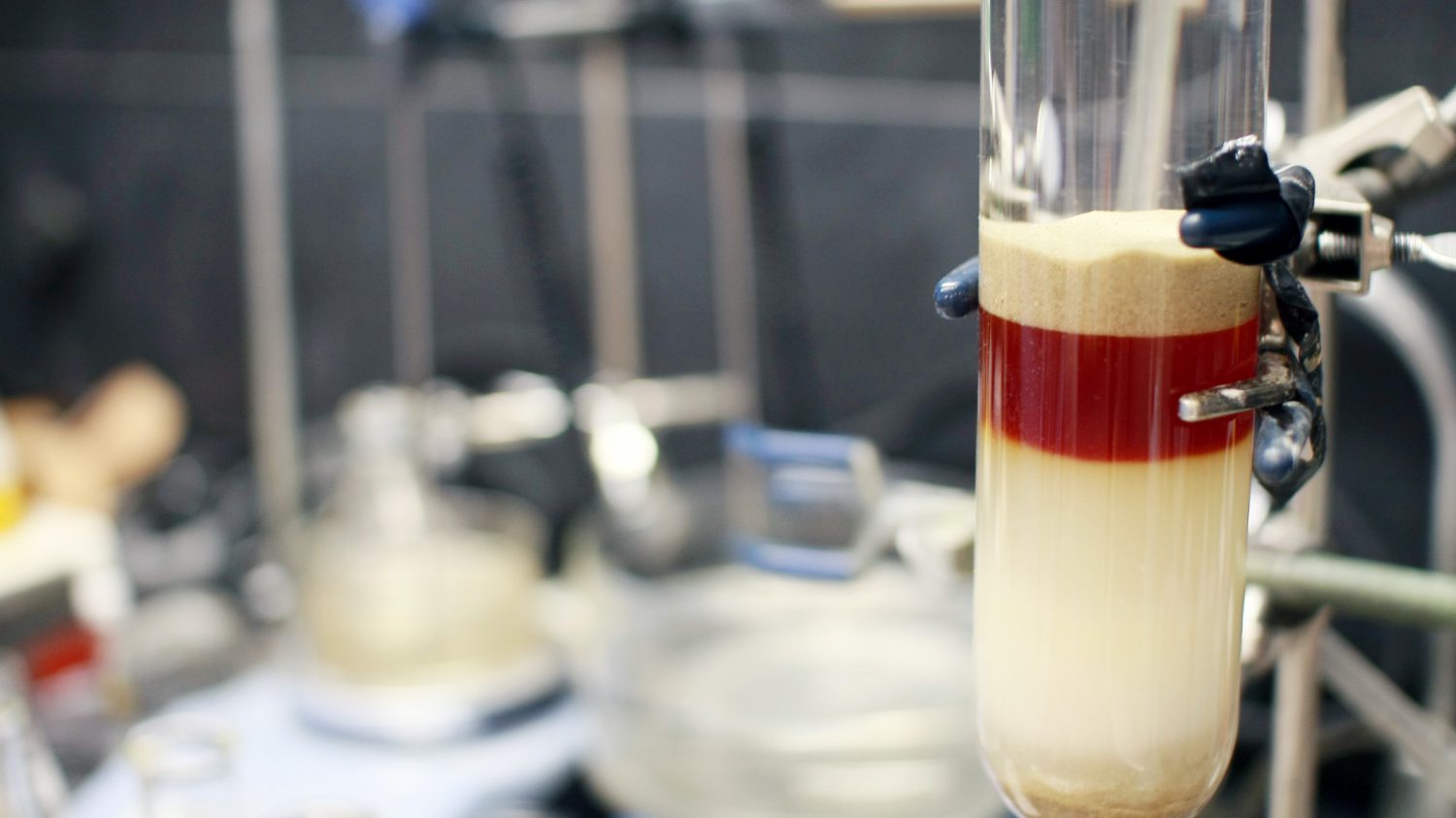Yes, it has been a while since I’ve posted. My intention is to change that. I’m also deviating from a troubleshooting post, to one about my thoughts on CRISPR. CRISPR-CAS9 (or Cpf1) is an exciting new technology that has the scientific community buzzing. In basic terms, with this technology, scientists can modify the DNA in a cell, allowing it to cut out certain sequences, or activate certain sequences. For instance, if there is a “typo” in a cell’s DNA, causing it to propagate a genetic disease, it can be corrected using this technology.
The possibilities with this technology seem endless. Mosquitios that carry malaria can be made sterile, which has the potential to save one million people a year from dying. The problem of cancer looks to be closer to an answer, this technology can be used to make better T cells, to effectively fight cancer. The first human trials have already started on lung cancer patients in China.
But its not just used for the treatment of disease. It can be used in food to make it grow faster, possibly larger as well. It can also be used to enhance plastic eating bacteria in landfills. There really are a wide array of uses for CRISPR.
However, could this be used to alter human embryos, to say, give some one genes to make them tall, muscular, intelligent? Or dictate their skin pigmentation, hair type, eye color? Is that something we would want to do? What if we could control everything that nature predisposes us with? That’s the idea behind the title of this article, Nurture vs Nuture. We can essentially remove “Nature” from the equation. Genetic engineering has always been a controversial, deeply ethical issue. CRISPR only makes that engineering easier and faster. Then there’s the issue of trying to fix one disease, only to cause an unexpected consequence. A famous example of a useful disease is sickle cell trait, a genetic disease where some red blood cells make a “c” shape instead of a circular shape. Sickle cell trait comes with mild symptoms and some risk, especially if two people with the trait have children, their children could get sickle cell anemia, which is more serious. Sickle cell trait, could potentially be cured through genetic engineering, however the disease provides immunity for malaria. So curing large populations from this disease, would be exposing them to a more deadly disease. Just about everything is seemingly interconnected. Changing food, or bacteria, or even our genes to solve one problem, could potentially introduce something into the environment that is far worse. CRISPR was recently used to combat the HIV virus, but the virus quickly learned a way to combat CRISPR. What if there was a drug resistant bacteria (super-bug), that could also build immunity to CRISPR (“super-duper-bug”)? Something like that could be deadly for large populations
Does that mean the scientific community should shun this technology due to it’s potential dangers? Absolutely not. But I think something like this should be highly regulated and monitored. If we can cure cancer, and other terrible diseases, then that’s great. But I think we should draw the line at trying to unnaturally enhance humans, both physically and mentally. Also, this technology in the wrong hands could be disastrous, think: Bioterrorism.
These are just some of the challenges associated with this revolutionary technology, that I’m sure brighter and more influential minds than myself are thinking about and working through. The future is certainly looking bright, but for the time being I will maintain a cautious optimism.


Recent Comments